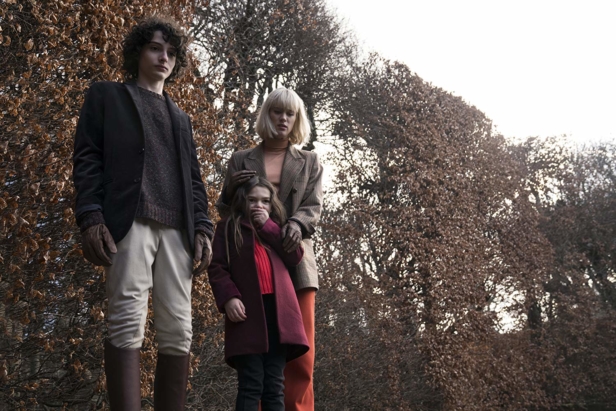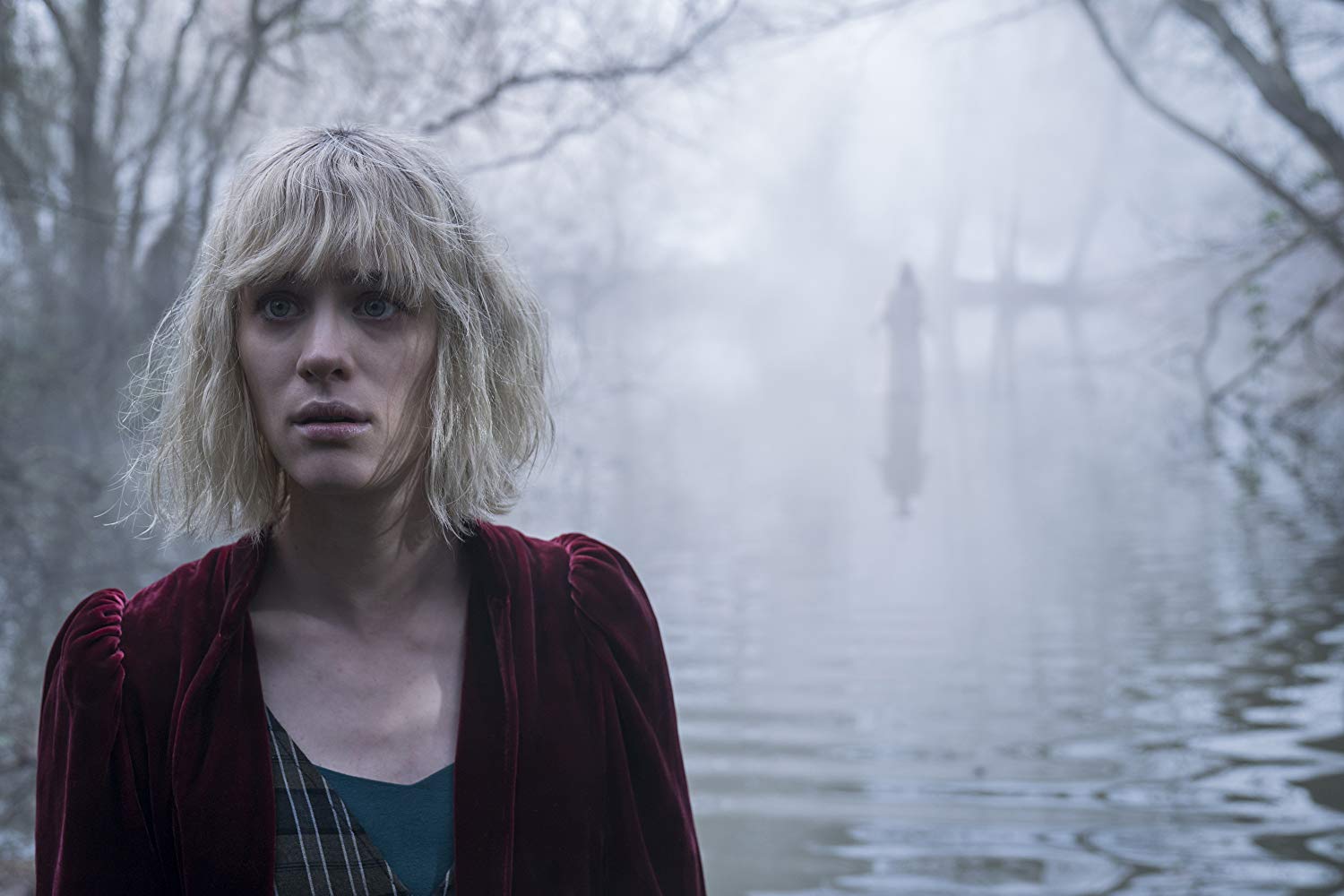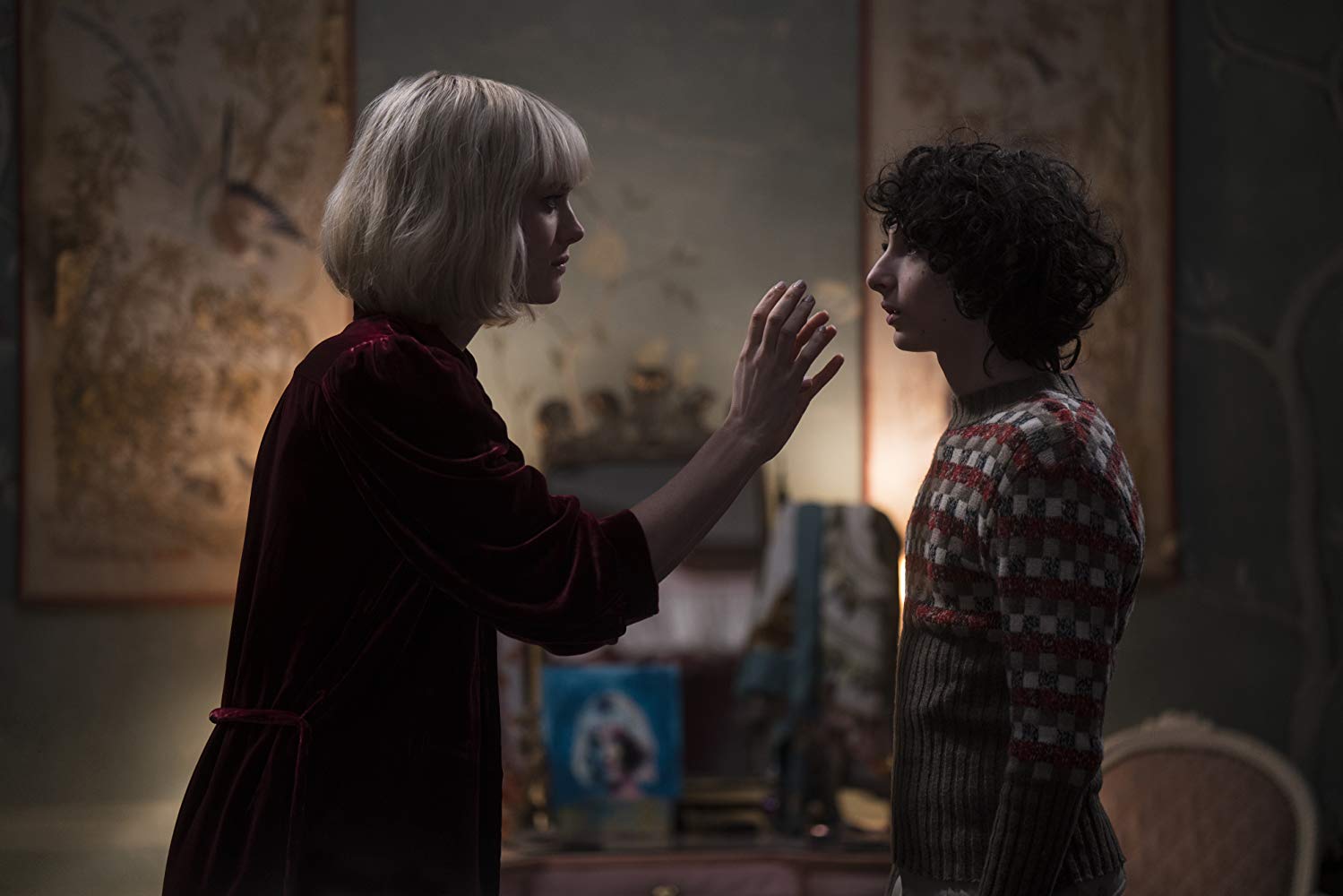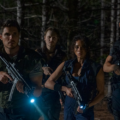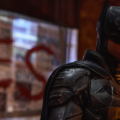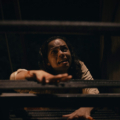Henry James’ classic novella The Turn Of The Screw gets the studio treatment in Universal’s horror adaptation The Turning. We speak to director Floria Sigismondi about Bly, the new Miles and Flora and more…
After starting life as a 12-part serialisation in Collider’s Weekly magazine in 1898, it may seem quite remarkable that Henry James’ The Turn Of The Screw has become one of the most famous scary stories of all time. But if you’ve read it you can probably see why. Set within the confines of a country estate called Bly, the novella follows an unnamed governess tasked with caring for Miles and Flora, a pair of charming but deeply troubled siblings. Following a series of unexplainable events involving the children and some mysterious figures, the governess begins to grapple with her sanity in a tale that is both chilling and entirely inconclusive.
Since The Turn Of The Screw’s publication, the story has spawned many weird and wonderful adaptations, including an opera by Benjamin Britten in 1954, a ballet in 1999, a ballet score in 1980, and a handful of stage plays. Naturally, it has also made it to the screen more than a few times, having inspired the likes of Michael Winner’s The Nightcomers (1972), Alejandro Amenábar’s The Others (2001) and Jack Clayton’s fantastic horror classic The Innocents (1961). There’s also a TV adaptation on the way in the form of Mike Flanagan’s The Haunting Of Bly Manor. The more recent to hit cinemas, however, is Universal’s The Turning, helmed by The Runaways director Floria Sigismondi.
“[The Turn Of The Screw] is a story that plays with horror and psychology,” Sigismondi tells us. “The mere fact that the story can be interpreted in some many different ways makes it stand the test of time makes me interested in it. It encourages dialogue… When you buy the novella now it comes with a plethora of essays that are thicker than the actual novella, which I love. You get to read about what things symbolise in the story and what they mean to different people. I also think that the horror is more psychological. It’s not ever really shown; it’s more implied. I think that’s why people project their own fears into it.”
The Turning is a somewhat updated version of The Turn Of The Screw, but it’s not exactly modern. “I set it in the Nineties,” says Sigismondi. “I love that era. It was a very intense era, music-wise as well. If you look at pop culture at the time, people wore their pain and their hearts on their sleeves. It wasn’t subtle. People were tearing their bodies apart and showing the inside. I thought that was an interesting way to be very different from the source material, which was very 1800s. They spoke very proper and everything was sort of held in. I wanted to make the kids troubled in a more modern way. You can interpret it like they’re having problems with their parents dying, but it’s not that. There’s something else afoot.”
The new estate resides in Maine as opposed to the Essex countryside, and Mackenzie Davis stars as a live-in nanny named Kate, The Turning’s equivalent of the governess. “When we meet her,” explains Sigismondi, “we realise that her past is a little complicated and that she’s dealing with demons of her own, so when she comes to the house she has really great intentions of taking care of the children. We kind of ask questions, like is she ready to take this task? Is she equipped? We set her up in a different way than they did in the book.”
Kate’s charges are Miles and Flora, played by Finn Wolfhard (Stranger Things, It) and Brooklyn Prince (The Florida Project). In James’ original novella, Flora was the sweet and sociable but somewhat strange and unstable younger sister who likes to talk to ‘ghosts’. Miles was her charming but perhaps sociopathic older brother who was expelled from boarding school for unknown reasons that the governess was too afraid to question.
“Miles represents to me the loss of innocence, the idea of passed-down generational abusive behaviour,” says Sigismondi. “Sort of its bad influence onto him. Finn was perfect for the role because he has this sort of angelic look to him, but his talents expose a darker side in a way that’s interesting. He has this darker tension, which creates a very interesting tension. He’s also aged up a bit from the book, so you have that great tension between Kate and Finn. It’s a little bit more dangerous.
“Brooklynn’s character feels kind of mischievous, like she knows more than she lets on, and she does that incredibly well, because he’s a little bit of an old soul, that child,” she laughs. “I met her working on the 2018 best performances for the New York Times. I met her and did a little short film and a photograph of her, and really I wanted to see how easy she was to work with, and I thought she brought lots to the role.”
After wowing audiences in The Florida Project in 2017, it’s a treat to see Prince back on screen to take on another beefy role. “She has a great sense of also just disarming you,” continues Sigismondi, “so in the film she brings a little bit of comedy relief, just in the way she performs her lines. And the idea, also, of a little girl saying these things. As an audience you put your guard down for a second.”
For many readers, Bly is just as much of a presence as the story’s cast of characters. Besides a scene filmed on a studio basement set (the house didn’t have one), the film was shot entirely on location. “I could have just picked a smaller house that maybe had some history, but I had it in my mind that I wanted something larger than life,” explains Sigismondi. “I wanted to create character with the space, and also a place that looked like history and stories were buried deep within its walls.”
The location used in the film is Killruddery House, a majestic Elizabethan-style 17th century mansion with long hallways and high ceilings, based on the southern outskirts of Bray in Ireland’s County Wicklow. With such a grand work space, the cast and crew were behind very strict security throughout filming.
“When I found this location, I was ecstatic,” says Sigismondi. “I thought I was going to have piecemeal this location, but it had everything. It had this beautiful maze you could get lost in, the koi pond was surrounded by these leaves that weren’t green, they were rusty colours so they had this lovely texture. The house had so much history in it. The paintings were so huge that when we painted the walls they couldn’t be taken outside of the house! It’s like the house was built around these big paintings! I got to paint it and create the mood that I wanted to, darken the mood throughout the house. For me, it was really great to have the sort of children’s wing, where we say ‘this is the children’s hallway,’ when you’re entering it, and there are secrets down this hallway. But also the house had a secret, and the people that have lived there and the people that have died there.”
When it came to inspiration, Sigismondi looked to the films of the Seventies. “I love Seventies films, Seventies horror films,” she says. “I find myself watching The Shining a lot and Rosemary’s Baby. If you look at those films you’ll find they are a little bit more psychological horror as well. It’s not just straight-up jump scares, so I started leaning more towards that. I love the filmmaking of the Seventies, so I found myself watching those again.”
As far as the debate between jump scares versus psychological terror goes, Sigismondi promises The Turning will offer a mixture of the two: something for everyone. “There are some jump scares in there, but they’re there to help set up the uneasy feeling and the feeling of dread, but we have more psychological scares.”
The Turning is in cinemas now. Get all the latest horror news with every issue of SciFiNow.
